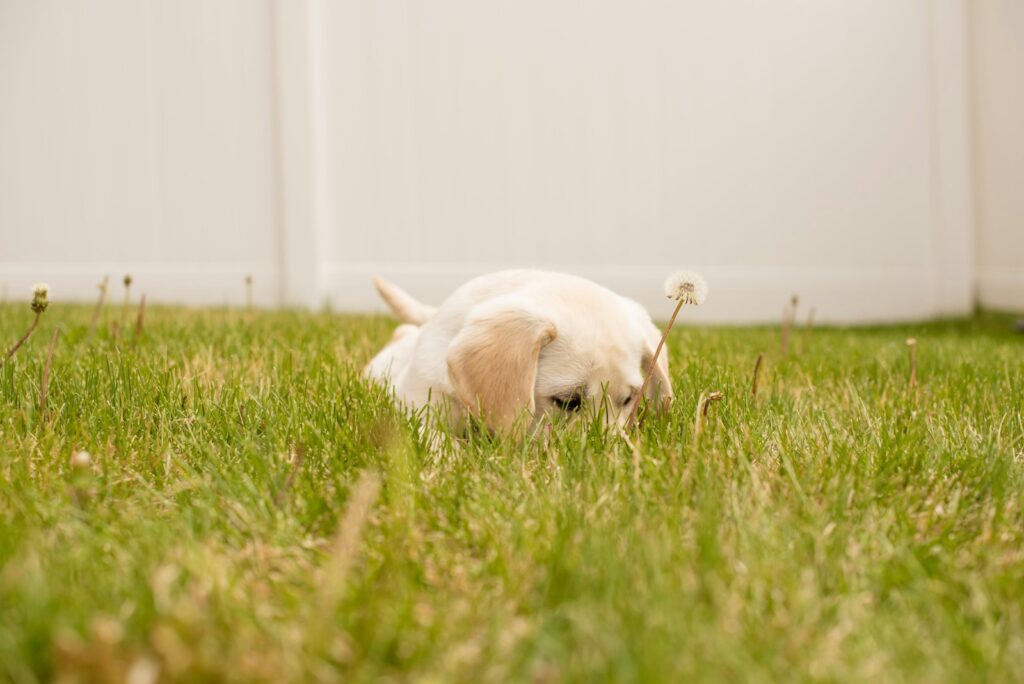Bringing a puppy into your home is an exciting and joyful experience. However, along with the cuddles and playtime comes the responsibility of housebreaking your furry friend. Housebreaking, also known as potty training, is a crucial step in ensuring a harmonious relationship between you and your pup. In this guide, I’ll walk you through the fundamentals of housebreaking your puppy, offering practical tips and techniques to make the process smooth and successful.
Understanding Your Puppy’s Needs
Before diving into the nitty-gritty of housebreaking, it’s essential to understand your puppy’s instincts and needs. Puppies have small bladders and limited bowel control, meaning they need frequent opportunities to relieve themselves. Typically, puppies can hold their bladder for one hour for every month of age, plus one. For example, a three-month-old puppy can hold it for about four hours at most. Understanding this basic rule will help you set realistic expectations and establish a consistent potty schedule.
Creating a Designated Bathroom Area
One of the first steps in housebreaking your puppy is establishing a designated bathroom area. Choose a spot outside that is easily accessible and where you want your dog to go potty in the long term. Take your puppy to this area frequently, especially after meals, naps, playtime, and waking up in the morning. Use a consistent command such as “Go potty” to encourage elimination in that spot.
Consistency is Key
Consistency is the cornerstone of successful housebreaking. Stick to a regular feeding schedule to regulate your puppy’s bathroom habits. Take your puppy outside to the designated bathroom area every few hours, even if they haven’t signaled that they need to go. Praise and reward your puppy immediately after they eliminate in the appropriate spot. Positive reinforcement will help reinforce good behavior and encourage your puppy to repeat it.
Supervision and Management
When you’re unable to supervise your puppy, confine them to a crate or a small, puppy-proofed area. Dogs naturally avoid soiling their living space, so a crate can be an effective tool for preventing accidents indoors. Make sure the crate is just big enough for your puppy to stand up, turn around, and lie down comfortably. Avoid using the crate as a form of punishment; it should be a safe and comfortable space for your puppy.
Recognizing Signs of Needing to Go
Learning to recognize your puppy’s signs of needing to go potty is essential for successful housebreaking. Common signs include sniffing the ground, circling, whining, pacing, or suddenly stopping play. When you notice these cues, immediately take your puppy outside to the designated bathroom area. By responding promptly to your puppy’s signals, you’ll prevent accidents indoors and reinforce the connection between going potty and being outside.
Accidents Happen: What to Do
Despite your best efforts, accidents are bound to happen during the housebreaking process. When you catch your puppy in the act of eliminating indoors, interrupt them with a firm “No!” and immediately take them outside to the designated bathroom area. Avoid scolding or punishing your puppy after the fact, as they won’t understand the connection between the punishment and the accident. Clean up accidents indoors with an enzymatic cleaner to remove lingering odors that may attract your puppy to the same spot.
Patience and Persistence
Housebreaking your puppy requires patience, persistence, and a positive attitude. Remember that every puppy is unique, and the time it takes to fully housebreak them may vary. Stay consistent with your training efforts and celebrate small victories along the way. With time and dedication, your puppy will learn to reliably relieve themselves outdoors, leading to a happier and more harmonious household for both of you.
Conclusion
Housebreaking your puppy is a fundamental aspect of pet ownership that requires time, patience, and consistency. By understanding your puppy’s needs, establishing a designated bathroom area, and implementing a consistent potty schedule, you can set your puppy up for success. Remember to use positive reinforcement, supervise your puppy closely, and be patient through the inevitable ups and downs of the housebreaking process. With dedication and love, you’ll soon enjoy the rewards of a well-behaved and housebroken furry companion.
FAQs (Frequently Asked Questions)
Q: How long does it take to housebreak a puppy? A: The time it takes to housebreak a puppy varies depending on factors such as the puppy’s age, breed, and individual temperament. On average, it can take anywhere from a few weeks to several months to fully housebreak a puppy.
Q: Should I punish my puppy for accidents indoors? A: No, punishment is not an effective way to housebreak a puppy. Instead, focus on positive reinforcement by praising and rewarding your puppy for eliminating in the appropriate spot outdoors.
Q: Can I use pee pads or indoor potty options for housebreaking? A: While pee pads and indoor potty options may be convenient for some pet owners, they can prolong the housebreaking process by confusing your puppy about where it’s acceptable to go potty. It’s generally best to focus on teaching your puppy to eliminate outdoors from the start.
Q: What if my puppy continues to have accidents indoors despite my efforts? A: If your puppy continues to have accidents indoors, revisit your housebreaking routine to ensure consistency and supervision. Consider consulting with a professional dog trainer or behaviorist for personalized guidance and support.



